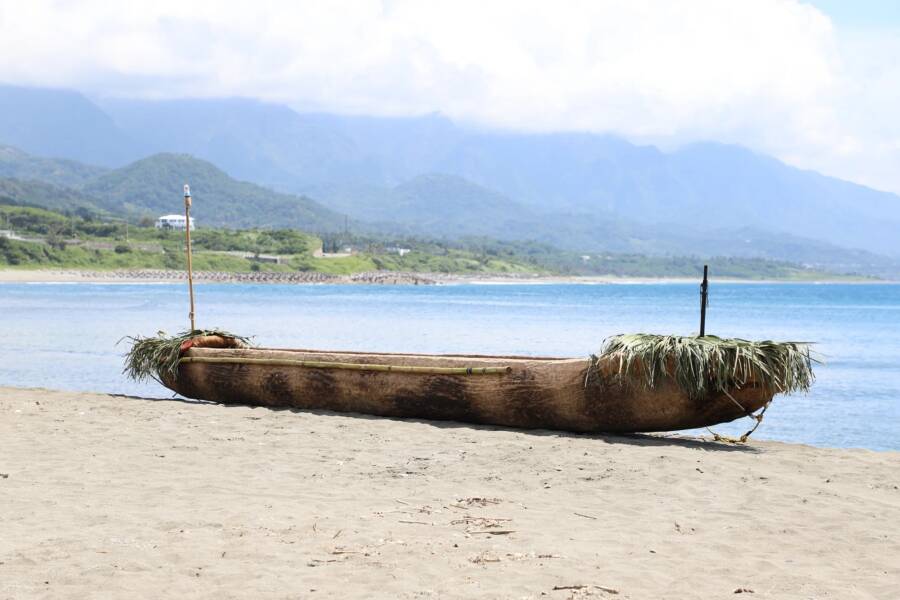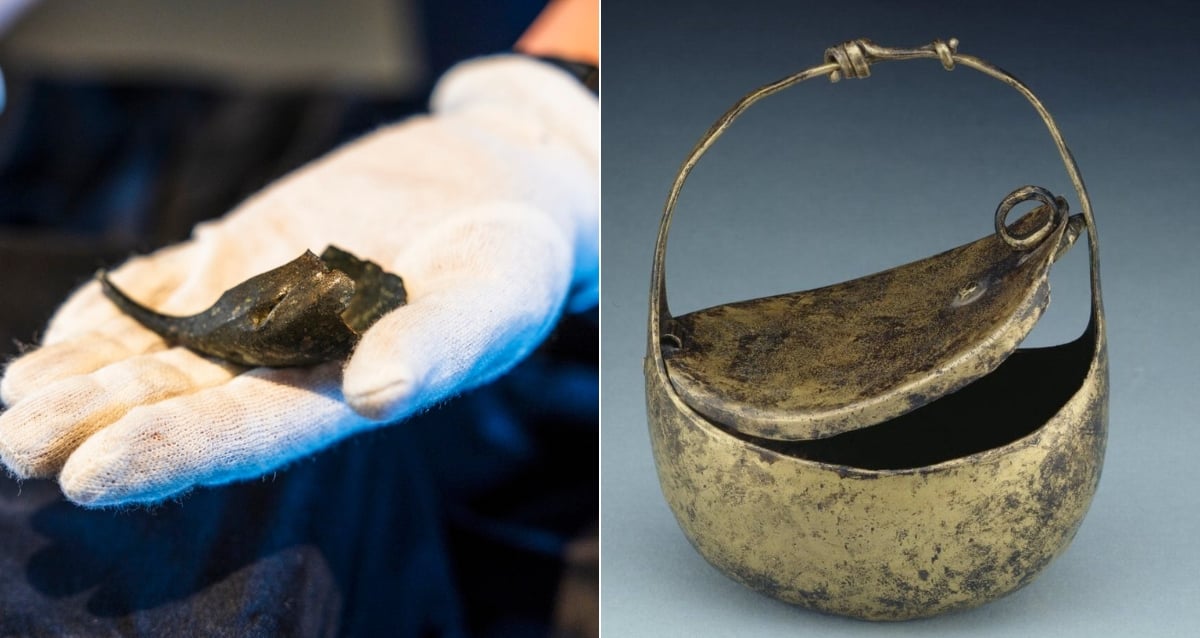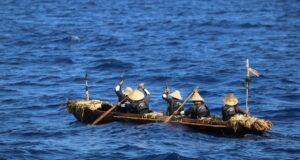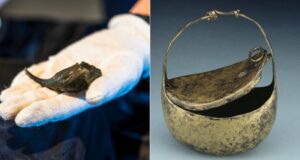Ancient Craft, Epic Journey: Scientists Brave 140 Miles Across the Ocean in a Prehistoric Canoe—What They Discovered Changes History!
The 140-Mile Journey Was Not Smooth Sailing
In total, it took the crew over 45 hours to travel from Taiwan to Japan’s Yonaguni Island. For safety, they were accompanied by two modern boats, though the vessels didn’t intervene in any way.

Yousuke KaifuThe 25-foot canoe was carved from Japanese cedar.
The canoe had to cross the Kuroshio in the East China Sea, a portion of the ocean known for having some of the strongest currents in the world. The crew would take breaks from paddling for several hours at a time due to fatigue.
The canoe itself was imperfect. It consistently took on water, which would sit at its base, making it more difficult to paddle.
“Through the project with many failures, we have learned the difficulties of crossing the ocean, and this experience gave us a deep respect for our Paleolithic ancestors,” Kaifu, who followed the journey on one of the accompanying boats, expressed.
This study was just one step in understanding how people over 30,000 years ago made similar journeys. How exactly humans accomplished this voyage in the face of strong ocean currents and the lack of proper navigational tools has long been debated among scientists.

Yousuke KaifuA map of the Kuroshio current, which paddlers had to traverse during their 45-hour journey.
Additionally, people 30,000 years ago would’ve had to cross the Kuroshio when its current was even more powerful than it is today. However, a different study released at the same time indicated that this voyage still would have been possible despite the extreme conditions.














Post Comment